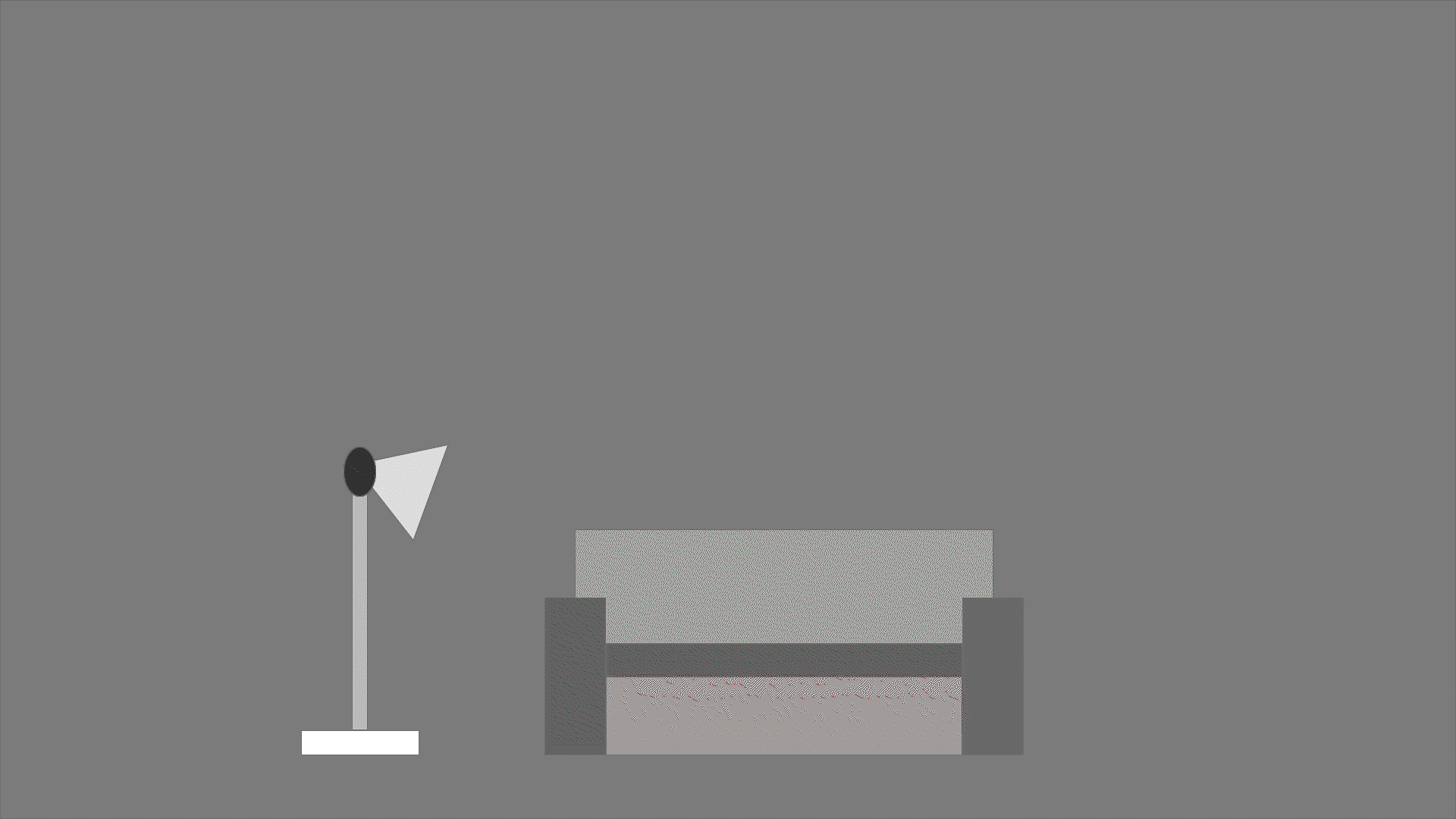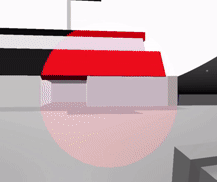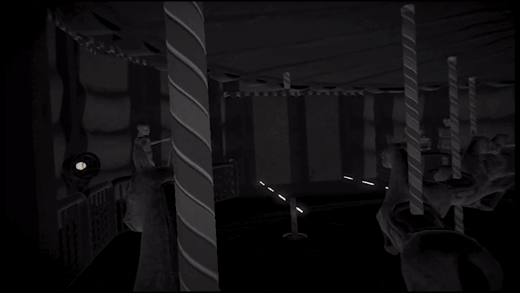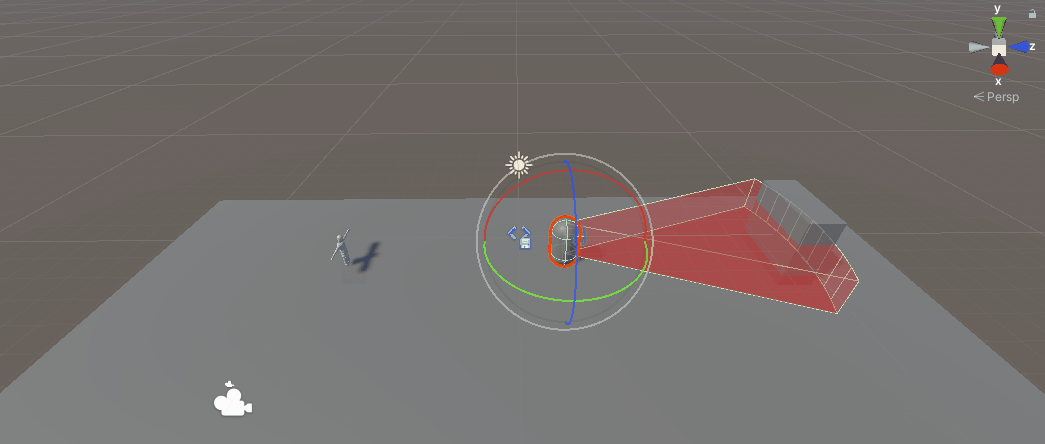Developed in Unity Engine 3D August 2021 – April 2022
Role: Product Owner & Systems Designer Team Size: 18
A Singleplayer, First-Person, Horror Game

Responsibilities: Documentation, Systems Design, Backlog Refinement, Balancing
Achromatic
Overview
Achromatic is a first-person horror-puzzle game set in a seemingly abandoned 1950s carnival beset by fungal growth of mysterious origin. The player takes the role of a mechanic that was called to this traveling carnival under the guise of repairing their broken carousel. Upon arriving, the mechanic quickly discovers that everything is not as it seems and must find a way to avoid the increasingly hostile carnival staff and an obscured roaming monster.
Controbutions
-
Designed and documented all of the game's systems and mechanics
-
Created physical and digital prototypes to prove the fun of the gameplay.
-
Developed and organized product backlog
-
Helped facilitate team meetings to assist our team's producers.
-
Iterated gameplay and UI based on QA feedback.
My Responsibilities:
This game was developed as the final project of my college tenure. Starting with a team of myself and 6 other skilled teammates, the team has grown greatly in both size and skill over the course of development. My role on this project is both product owner and primary gameplay designer. I am in charge of maintaining a central vision for the project as well as designing the gameplay mechanics and the moment-to-moment gameplay interactions. Through numerous testing and QA sessions, I iterated on the primary game mechanics (see below) until they were the most rewarding for players. This project was greenlit by our college, being given an additional semester of development time and more developers added to the team.
Game Features: "Non-Euclidean Environment"
The level design of this game is driven by subtle portals warping players around the environment. The player will find themselves in impossible rooms and hallways while running from a stalking enemy.
The first challenge in designing for Achromatic was trying to figure out how to create levels for an environment that was supposed to wrap in on itself. Taking reference from similar games such as Anti-Chamber, I developed a simple system of teleporting the player using portals and seamless uniform hallways. By requiring the player to go through hallways that block the line of sight to both the starting and exiting room, we are able to swap rooms in and out. This creates a "non-Euclidean" effect for the player allowing us to surprise them with an adapting environment.
Game Features: Lighting System
The second feature of Achromatic is the game's light system. The entire world is in black and white, but through the use of light, the player is able to reveal the world in color, thereby revealing hidden information and allowing the player to see the stalking enemy.


First Iteration of Light
The first version of this mechanic (See Above) was a simple on-screen flashlight that the player had on hand. While this was easy to implement, it was rather limited in its usage and was also something that was already a common trope in other horror games. In addition, testing found that while the player always had access to their flashlight, the player was less afraid of the monster because they had a constant light source.

Second Iteration of Light
To solve these issues, I decided to remove the "flashlight" from the player and instead made any in-game artificial light source a colored light. Since the light sources were no longer fixed on the screen it meant that players had more freedom in how they positioned themselves in relation to the light sources.
Design Problem: Moment-to-Moment Gameplay
During development, our team received feedback from our testers saying that they would like more gameplay content between the monster chase sections. Both the light and the environmental puzzles tested positively, but I felt that our gameplay mechanics only allowed our players to react to the game rather than actively make decisions. We had considered adding more monster chases but decided against it in order to maintain the fear of the unknown that we were able to establish with the horse enemy.

The Solution - Mannequin Enemies
Our solution came in the form of the mannequins that were placed as set dressing. The mannequins were initially props to fill the environment and unnerve the player, but eventually became a source for puzzles and a new enemy type. I decided to divide our mannequins into two types: normal and fungal. The normal mannequins are very similar to how they were before as set dressing and puzzles. The fungal mannequins, however, are an active enemy for the player to deal with in order to keep the player on their toes. The player is always able to see the fungal mannequins, but this enemy type stops moving while it is in the light. This allows the player to strategize and to ‘run away with a purpose’.
Documentation
The Game Design Document (GDD) was reviewed by professional game designers and curated for the project. Working with my co-designer, Benji Operhall, we worked on this document extensively throughout the project, updating it whenever a value was altered in the engine or planned to be altered as well as when new features were run by the team and confirmed for the feature list for installment to the game.
